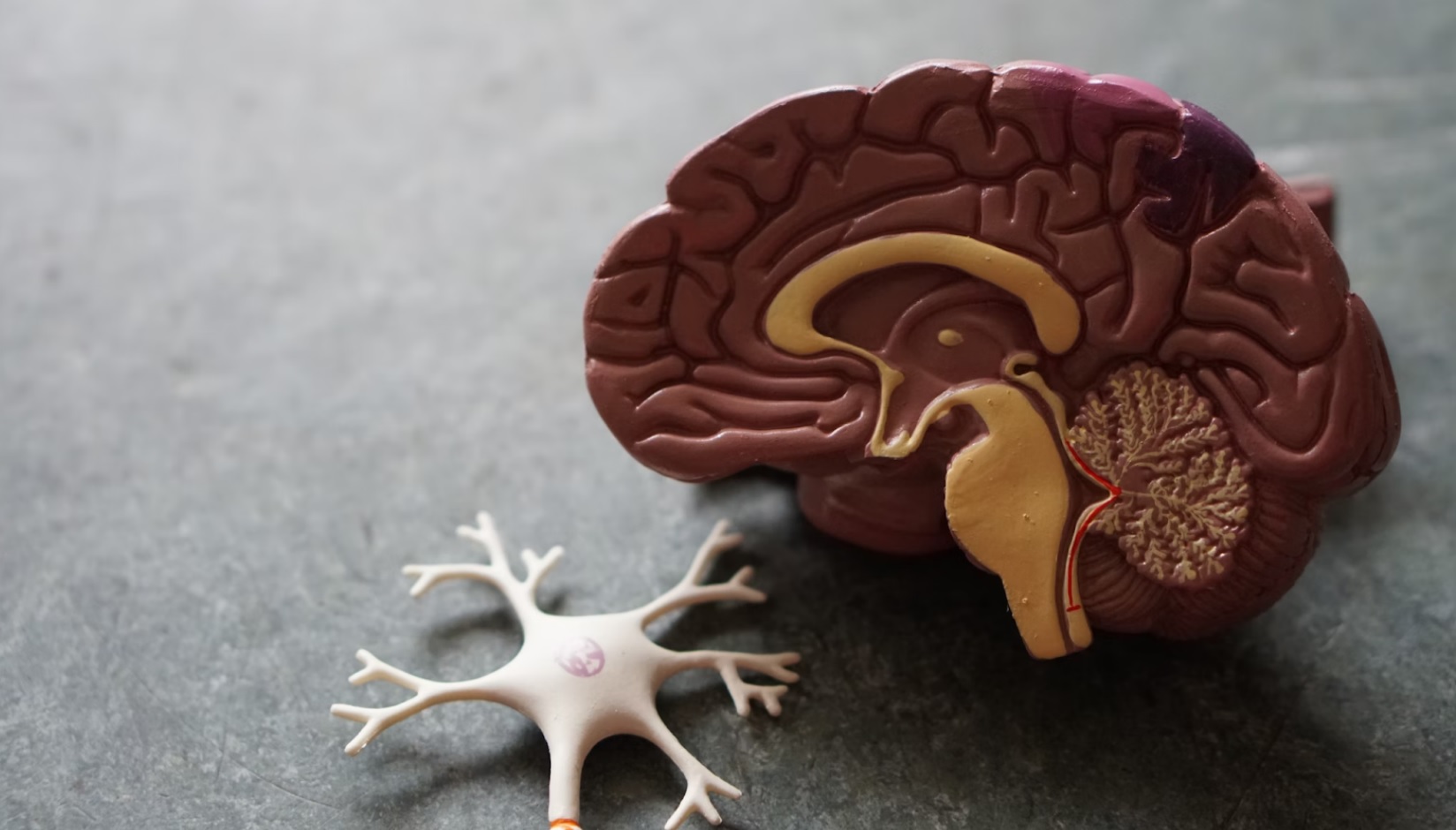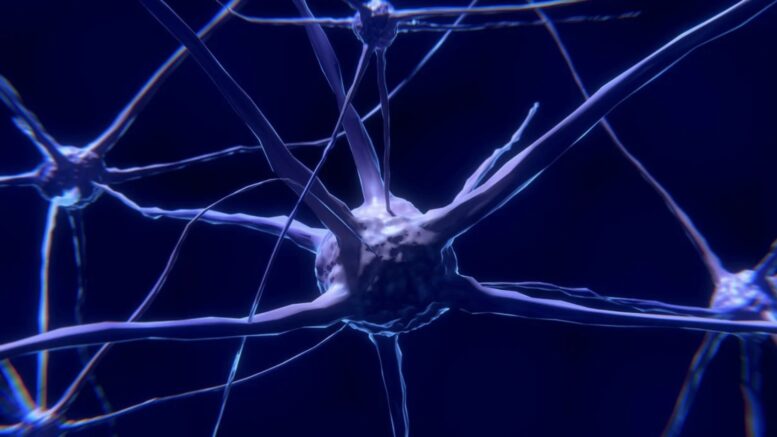Transcranial Magnetic Stimulation (TMS) is a noninvasive procedure for depression. During the first session, the appropriate stimulation intensity and anatomical target are determined. TMS generates magnetic fields that stimulate neurons in the mood-regulating area of the brain that are associated with depression. Symptom relief may take a few weeks, making TMS a promising solution for those who have not found relief through traditional treatments.
TMS Therapy could be the answer to your depression if traditional medications haven’t worked or if you can’t tolerate their side effects. If your depression interferes with your daily life or you have an illness that limits your ability to take medications, TMS could offer relief. It’s important to discuss treatment options with your doctor to see if it could be a good fit for you.
What Happens During Deep TMS™ Treatment?
Deep TMS™ is a revolutionary noninvasive treatment for mental health disorders such as depression and OCD. This innovative procedure utilizes BrainsWay’s patented H-coil technology to stimulate regions of the brain that are associated with these disorders.
During the TMS procedure, a trained technician places a cushioned helmet over the patient’s head. The helmet houses BrainsWay’s unique coil technology, including a flexible and adjustable base designed for different head sizes and shapes. The H-coil transmits magnetic pulses through the helmet. These are designed to activate neural activity in the brain. Patients will feel a tapping sensation from the helmet.
Deep TMS™ sessions last for approximately 20 minutes and are typically administered daily over a four- to five-week period. The treatment is noninvasive, and the majority of patients don’t experience any major side effects, pain, or discomfort.

The Patient Side: What Does TMS Feel Like?
The TMS technician will place a device containing a magnetic coil on your head during your first session, similar to those used for magnetic resonance imaging. Any jewelry or credit cards that could interfere with the magnet will be removed.
The skilled technician will determine the best placement for the device and the intensity of stimulation. The threshold will be determined by gradually increasing the intensity of the pulses until your finger or hand twitches.
Once your threshold is established, pulses of similar intensity will be sent into the targeted area of the brain, . Patients will hear a clicking sound similar to that made by an MRI machine and may feel a tapping as each pulse is delivered. Earplugs may be provided.
Patients remain awake throughout the treatment. There is no recovery period following each treatment, so patients can drive themselves to their next destination. TMS treatment can also be used in combination with antidepressants and therapy.
Should You Feel Apprehensive about TMS?
It is natural to experience some apprehension before trying a new treatment like TMS. However, rest assured that TMS is clinically proven to be a safe and effective procedure that has been FDA-approved for the treatment of depression since 2008.
During your initial appointment, a medical professional will determine ifyou are a suitable candidate for the procedure. The TMS professional will then determine the ideal stimulation intensity and anatomical target for the magnetic coil.
While one session may be enough to alter the brain’s level of excitability, symptom relief is typically noticeable closer to the third week of treatment.
Talk to your healthcare provider to determine if TMS is right for you.
